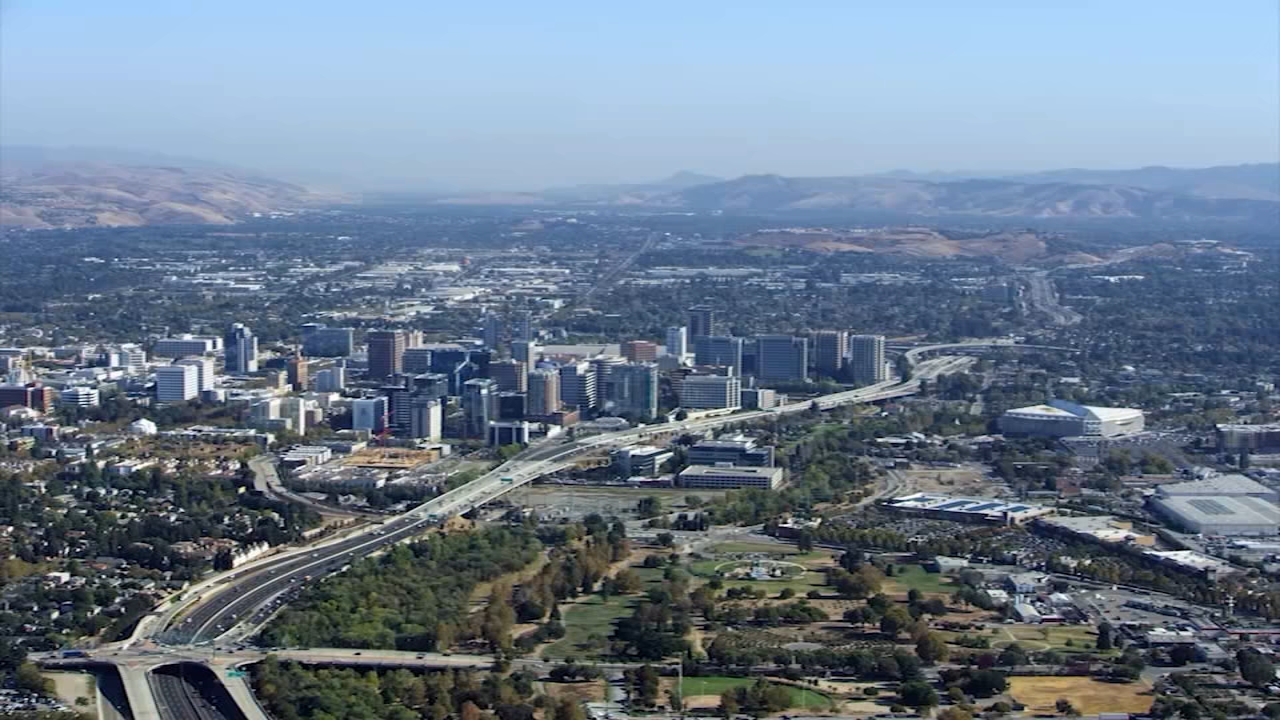Wetlands advocates work to raise Highway 37
SAN FRANCISCO (KGO) -- There's a vocal debate over building a better Bay Area, by building a better highway. At stake is not just traffic, but potentially vast stretches of restored wetlands.
When Kendall Webster gazes across the levees and farmland in southern Sonoma County, she can envision the tidal marshes that once flushed water back and forth from meandering waterways to San Pablo Bay.
"And so this whole flatland here was a mosaic of tidal wetlands," she explains.
It's a vast expanse of wetlands that the Sonoma Land Trust and their partners are working to restore.
RELATED: Bay Area ship voyage recovers 96 tons of plastic from Pacific ocean
"And you know, California is investing in climate, the way no other state in the country is right now. So we think that this is the natural infrastructure project that the state should be highlighting," Webster maintains.
To make that vision a reality, the Trust has joined with Save the Bay and more than a dozen environmental and land management groups, urging Cal/Trans and the state to remove the one barrier that could open up natural marshland across the entire North Bay.
First, it helps to understand that the highway is essentially a 21-mile levee, with bridges and other openings spaced in between.
With two lanes, it's also one of the most notorious bottlenecks in the Bay Area.
Prone to flooding, engineers expect even more challenges as sea level rise expands across the North Bay shoreline.
VIDEO: Bay Area 'Water Always Wins' author surveys world for water solutions

Warner Chabot is with the San Francisco Estuary Institute.
"Everyone also agrees that the ultimate solution for Highway 37 is to build a four lane, elevated causeway that raises the four lane freeway from two to four lanes and raises it above the flood potential that exists now," explains Chabot.
But there's an increasingly intense debate over when and what to build. Estimates for an elevated causeway run into the billions of dollars. Meanwhile Cal/Trans is studying less costly interim plan that would widen a stretch of the current highway, while potentially pushing a full replacement years down the road.
Sonoma resident Greg Braswell has clear sailing once he reaches a marina located next to the highway, but on many days even local boaters have to fight through heavy traffic to get there. He supports a quicker fix with phased in upgrades.
"And not have to build the mega-project all at once. Then those pieces of infrastructure could be added on as sea levels rise and land becomes available," Braswell believes.
But some are concerned that the widening plan, which would still cost hundreds of millions of dollars, could be anything but short term. North Bay congressman Jared Huffman is especially skeptical that once it's built, it would be difficult to move forward with any follow-up project.
VIDEO: Stanford study measures solution for sinking California, finds it may take more to reverse damage

"You really have to look critically at that. No one in their right mind is going to tear out a brand new four-lane freeway that cost half a billion 15 years after it's built," Huffman argues.
And with the recent passage of major federal climate legislation, Huffman and other supporters also see the raised causeway project as an historic opportunity... not just to solve a traffic nightmare but to build green infrastructure. Combatting sea level rise by giving Bay tides space to expand, creating new habitats for wildlife, and sequestering carbon in a marsh environment.
"About 30,000 metric tons of carbon, which is the equivalent of about taking 6,000 cars off the road each year," says Chabot.
For Kendall Webster, it would also help restore miles of natural bay habitat, on a scale that would also be historic.
"This is a huge area. And if we can get it right with transportation, infrastructure, wetland restoration and public access, then we can attract attention for this project as a project of national importance," she believes.
And perhaps help lead the nation, into a better future, in the fight against climate change.
If you're on the ABC7 News app, click here to watch live












